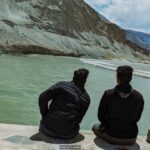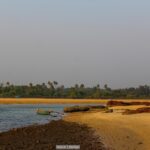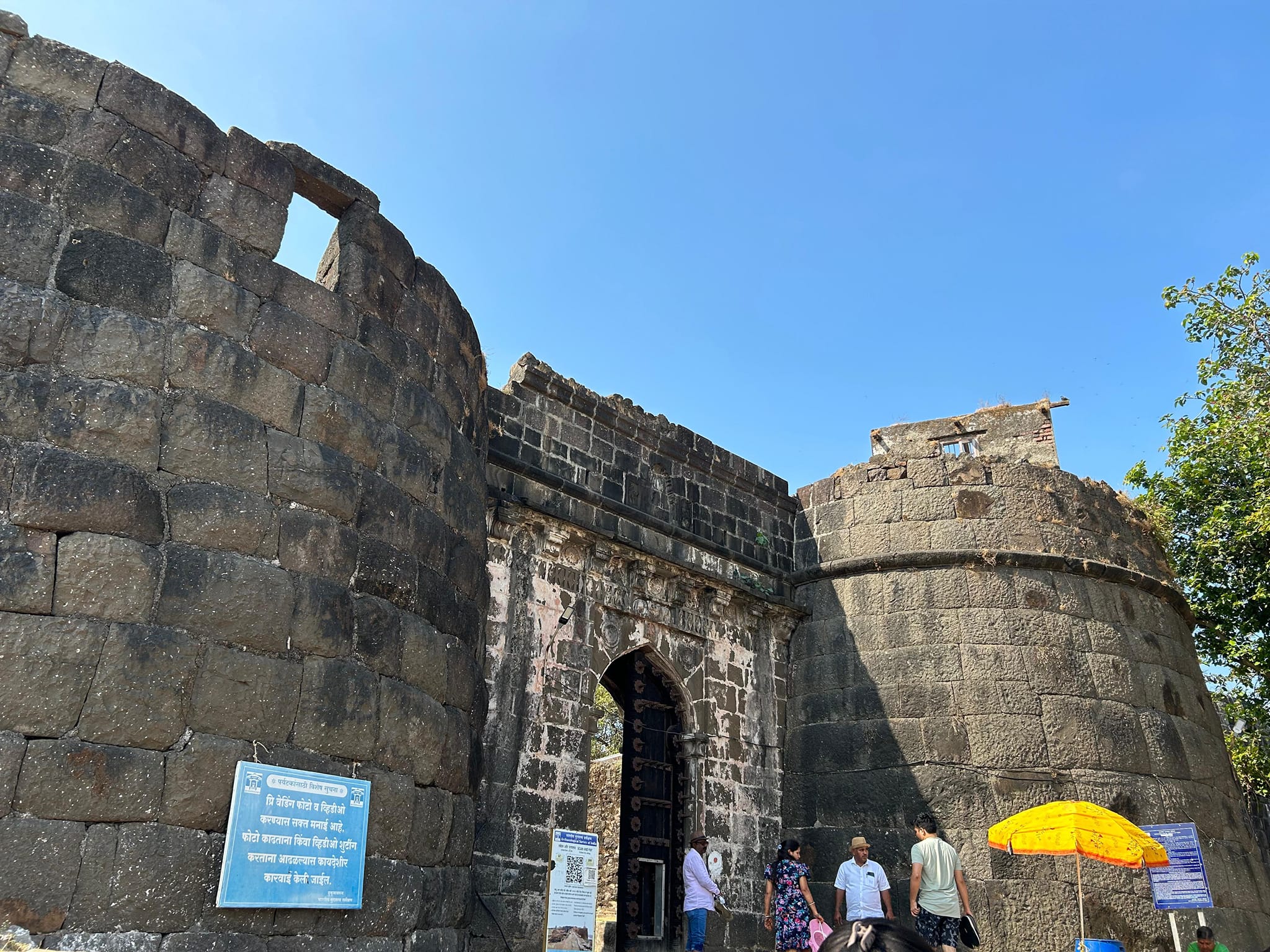
10 super facts about Kulaba fort in Alibaug, Maharashtra
Kulaba Fort is located in Alibaug, a coastal town in the Raigad district of Maharashtra, India. It is situated on an island known as “Kolahapur” in the Arabian Sea. The fort was built by Shivaji Maharaj, the great Maratha warrior king, in the 17th century.
Table of Contents
Kulaba Fort is a sea fort and is accessible only during low tide. At high tide, the fort is surrounded by water, making it an impregnable structure. The fort has huge stone walls and bastions, which were strategically designed to defend against enemy attacks.
For the TLOW backpacking experience click on this link
Inside the fort, there are several buildings and structures, including a temple, a fresh water well, a light tower, and a bastion for cannons. The fort provides panoramic views of the Arabian Sea and the Alibaug coastline, making it a popular tourist attraction.
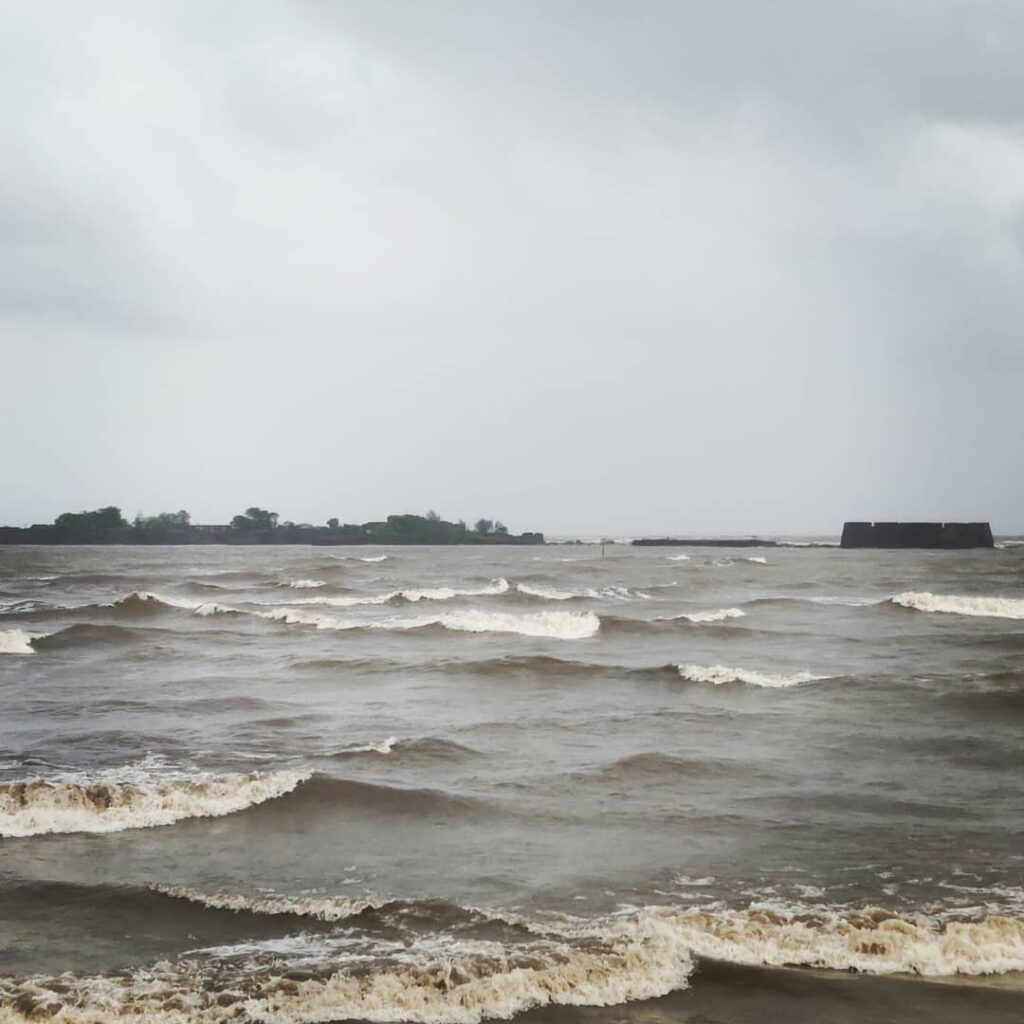
Visitors can reach the fort by hiring a boat or taking a ferry from Alibaug beach. The fort is open to public and tourists can explore the historical site, learn about its significance in Maratha history, and enjoy the scenic beauty of the surroundings.
Kulaba Fort is a must-visit for history enthusiasts, nature lovers, and anyone looking for a unique experience in Alibaug.
Kulaba fort facts
1. Kulaba Fort is also known as Alibaug Fort and is located in Alibaug, Maharashtra, India.
2. It was built by Shivaji Maharaj in the 17th century as a naval strategic point to control the movements of the British and Portuguese navies.
3. The fort is at a distance of about 2 km from the Alibaug beach and can be accessed by walking during low tide or by a short boat ride during high tide.
4. The fort is surrounded by water on all sides during high tide and can be reached through a stone pathway during low tide.
5. The fort is built using basalt rocks and has two main entrances called the Maha Darwaja (main entrance) and the Shri Ganesh Dwar (Ganesh entrance).
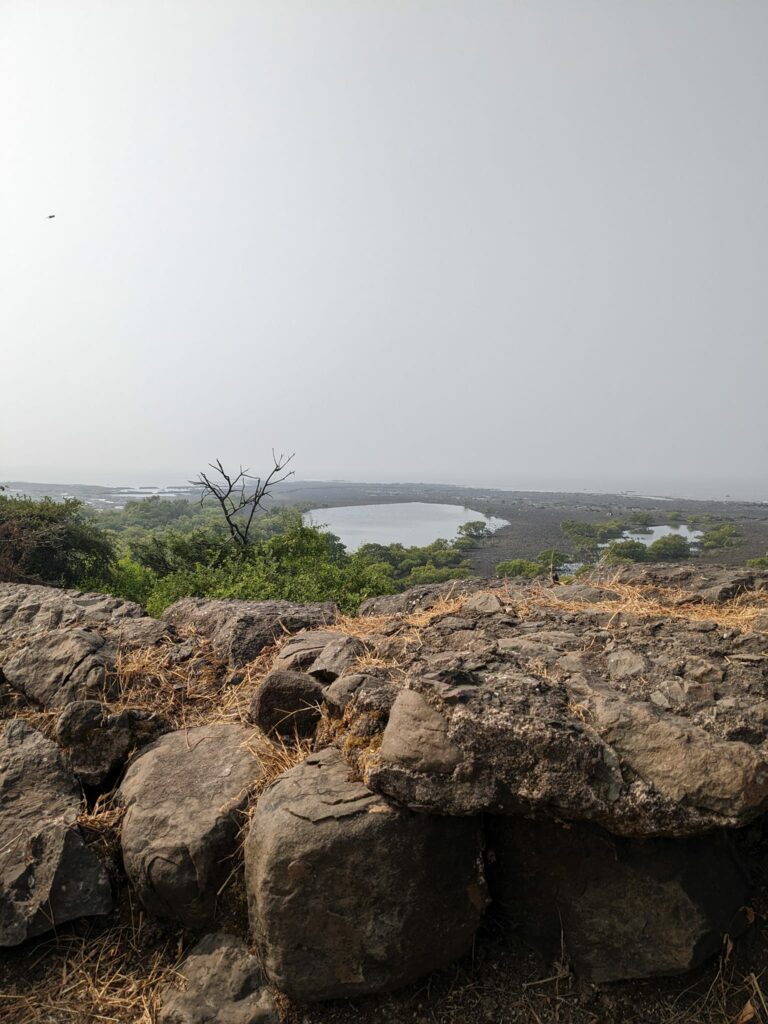
Bastion
6. There are several bastions within the fort, including Shikhar Buruj, Chor Darwaja, and Tamacha Buruj, which offer panoramic views of the Arabian Sea.
7. The fort also has a freshwater well called the ‘Sarai’ and a beautifully carved stone idol of Lord Ganesh inside a small temple.
8. Despite its strategic purpose, Kulaba Fort never saw any major battles and remained under Maratha control until it was captured by the British in 1817 during the Anglo-Maratha war.
9. The fort is now a popular tourist attraction and is managed by the Archaeological Survey of India (ASI).
10. Visitors can enjoy the scenic views, explore the fort’s structures, and experience the historic charm of Kulaba Fort while visiting Alibaug.
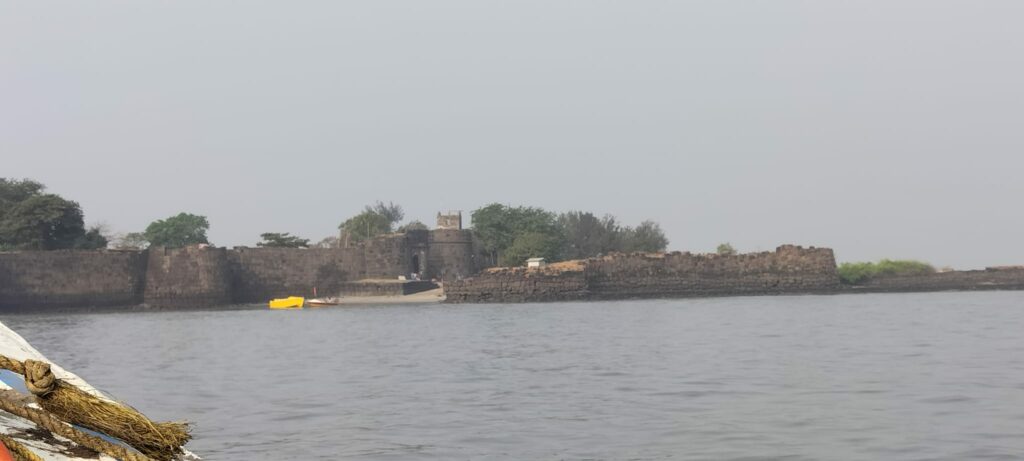
History
The history of Kulaba Fort in Alibaug dates back to the 17th century during the reign of Chhatrapati Shivaji Maharaj, the founder of the Maratha Empire. Shivaji Maharaj recognized the strategic importance of the Alibaug region, which was a convenient base for naval operations and defense against the Portuguese, British, and Siddis who were trying to establish their control over the Konkan coast.
The construction of Kulaba Fort began in 1660 under the supervision of Hiroji Indulkar, an architect and engineer in Shivaji Maharaj’s forces. The fort was built on a small island known as “Kolahapur” in the Arabian Sea, just off the coast of Alibaug. The fort was originally called “Inamgad” but later came to be known as Kulaba Fort due to its location on the island.
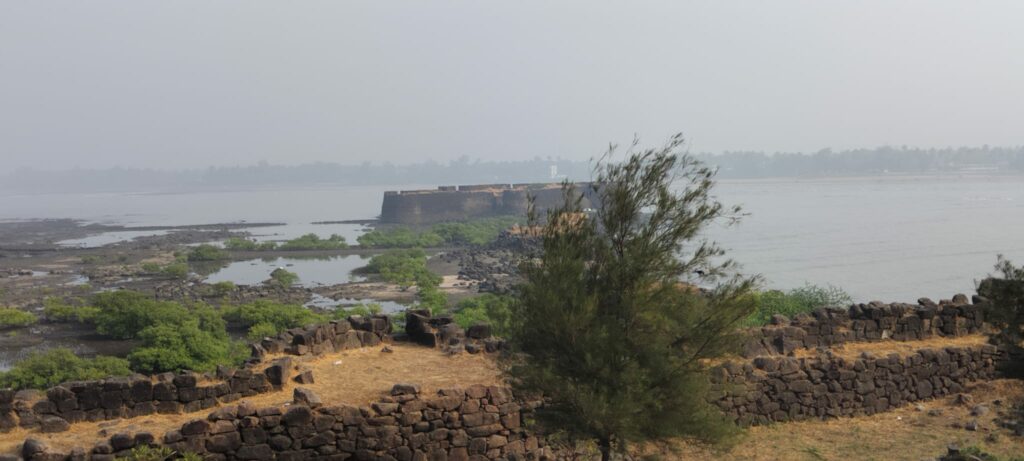
Primary purpose
The primary purpose of the fort was to provide protection and surveillance against enemy ships and to control the trade routes in the region. The fort was strategically designed with strong walls, bastions, and cannons to defend against potential attacks.
During British rule in India, the fort was used as a prison. However, after Indian independence, it was handed over to the Government of Maharashtra and is now a popular tourist attraction.
Today, Kulaba Fort stands as a testament to the architectural brilliance and military prowess of Shivaji Maharaj’s reign. It serves as a reminder of Maharashtra’s rich history and attracts visitors from all over who come to explore the fort and admire its breathtaking views of the Arabian Sea.



